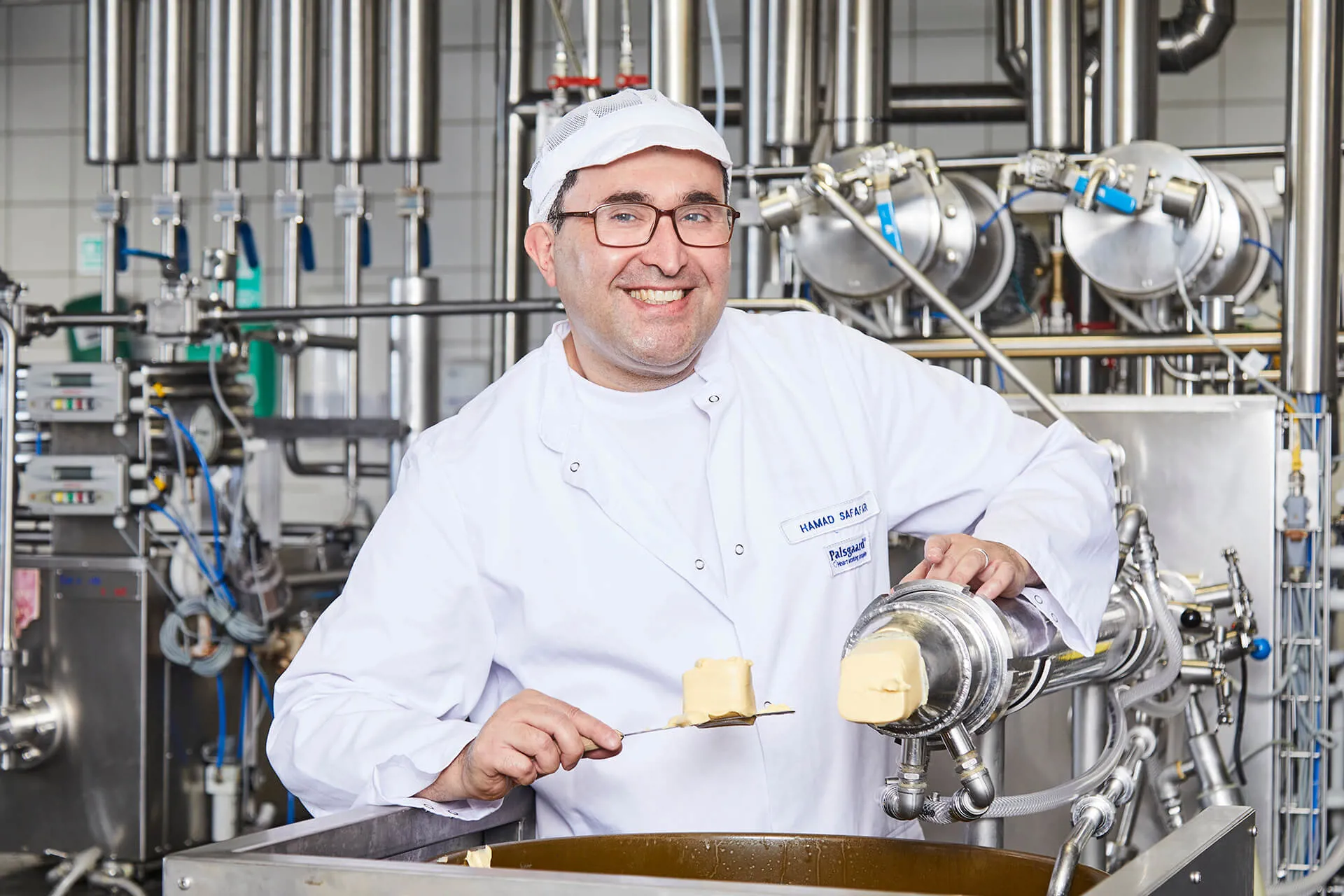
TECHNICAL ARTICLE
TECHNICAL ARTICLE
Margarine manufacturers wanting to introduce non-palm products need to do much more than simply swap lipid ingredients. Solving the challenges takes a systematic and holistic approach to everything from sourcing alternative oils and emulsifiers to coping with higher melting points.
Find out how in this article and share our sample recipes for non-palm puff pastry and liquid frying margarine.
